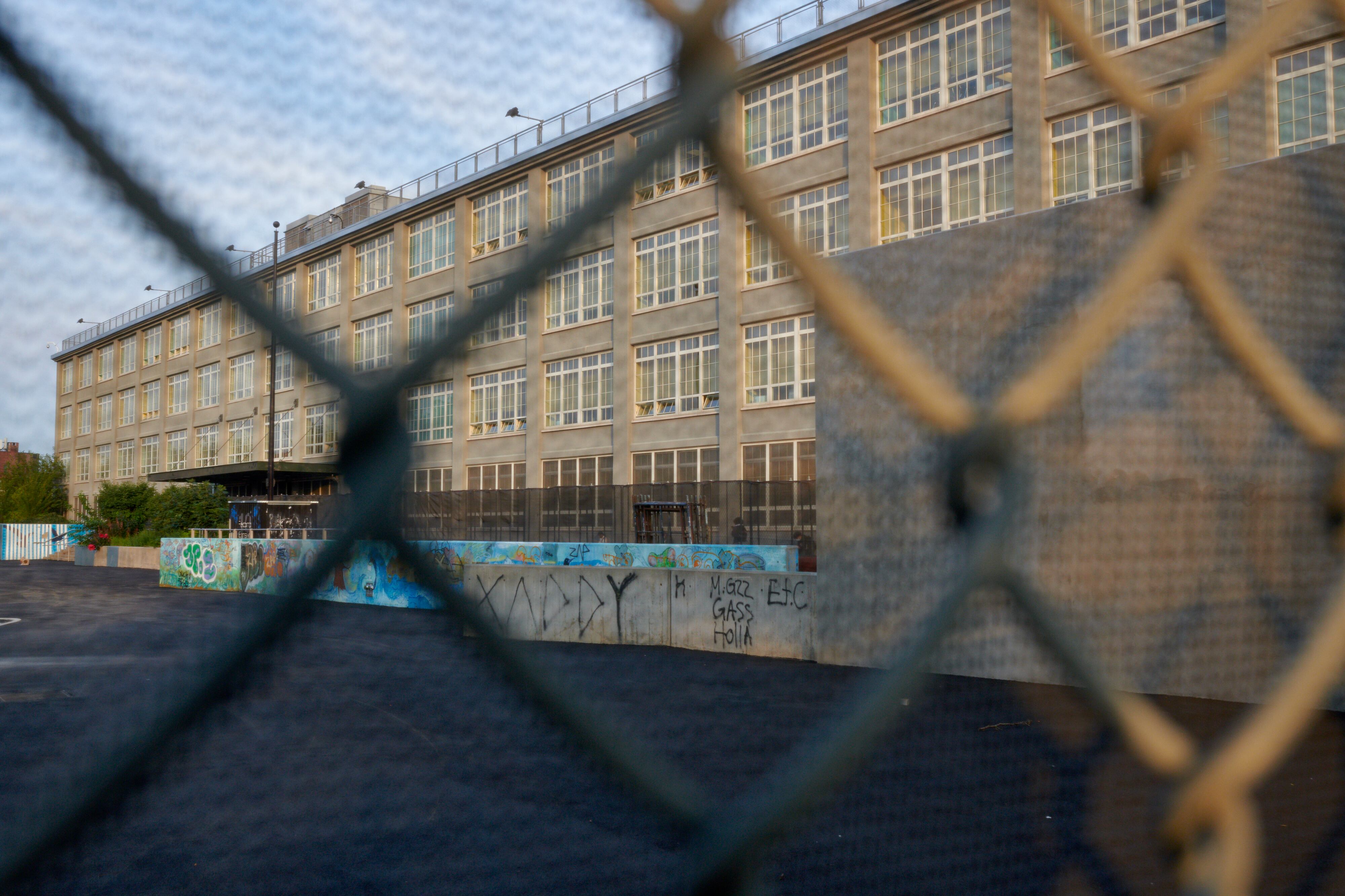Educators across New York City are grappling with millions of dollars in planned cuts to school budgets, released this week for the 2022-23 school year.
While school leaders had expected the cuts, many saw for the first time in two years what their budgets will look like as the federal stimulus funding starts to wind down and they continue to grapple with declining enrollment, which has dropped by 6.4% since the beginning of the pandemic.
For many schools, the cuts will mean rolling back plans to hire more teachers or cutting back on programming. While schools see budgets that are more closely tied to their enrollment, they’re still grappling with losing students — all while New York City also has been newly tasked with lowering class sizes over the next five years.
“Maybe some people have dealt with huge attrition, but [the education department is] really lowballing people, and they need to go back to the drawing board,” said one Bronx principal, who spoke on condition of anonymity and may need to cut back on extra support at her school.
Over the course of the pandemic, former Mayor Bill de Blasio used federal stimulus dollars to allow schools to keep money if, midway through the school year, fewer students actually enrolled than the city had expected. Before the pandemic, in those situations, schools were typically required to give money back to the education department.
Mayor Eric Adams has decided to phase out that pandemic policy as part of his budget proposal for next year. Under Adams’ proposal, the overall city budget for the education department would drop by about $1 billion next year to just under $31 billion, largely due to the drop in federal stimulus funds provided during the pandemic. While the city is boosting its own contribution to the education department by $720 million as it attempts to expand some initiatives, they’re also planning for a gradual cut to individual school budgets in response to declining enrollment.
Adams wants to cut school budgets gradually over the next two years by backfilling a portion of the cuts with federal stimulus dollars — meaning schools will see a $215 million cut for this fall, just under $300 million for the 2023-24 school year, and finally, $375 million in 2024-25.
Last school year, the city spent $177 million to cover budgets for 870 schools who saw mid-year enrollment drops, with 75% of that cost covered by federal stimulus dollars, according to the city’s Independent Budget Office. This year, roughly 1,200 schools saw mid-year enrollment drops. In response, the city spent $324 million in additional funding, with roughly three-quarters of that cost covered once again by federal stimulus dollars.
The policy reversal means many schools are likely experiencing cuts that are deeper than they’ve known over the past two years, especially with the infusion of billions in federal stimulus dollars.
“During the current school year, the tension between rightsizing school budgets based on actual student enrollment, even as schools’ needs have increased as a result of the pandemic, continues,” the IBO said in a recent report.
According to the IBO, these cuts are coming out of Fair Student Funding, a city formula that sends more money to schools with larger shares of students with disabilities, those learning English as a new language, and students with academic struggles. That pot of money covers about 65% of school budgets and can be used flexibly to hire staff and create school programming.
Officials have said that they’re not expecting layoffs, but for the city to simply not fill vacant positions. City officials did not respond to a question about whether there are other cuts to school budgets on top of those to Fair Student Funding.
Generally, fewer students could mean that fewer teachers are needed, but in practice that’s a far more complicated problem to solve, said Sarita Subramanian, assistant director of education policy at the Independent Budget Office. For example, a principal might have planned to offer a new Advanced Placement course but won’t have the money to cover a teacher licensed in that subject area, she said.
“It depends on what types of offering a school has and wants to make for students,” Subramanian said.
An additional complication: the city is now tasked with limiting class sizes over the next five years, which could require the hiring of more teachers and creating more classroom space. Officials did not respond to a question about how it plans to meet those requirements while also cutting school budgets amid declining enrollment.
On Twitter, the teachers union chastised Adams for the planned cut, insisting that the billions of dollars left in federal stimulus funding and an increase in state funding could help cover costs — including separate costs for lowering class sizes.
“Does the mayor need a math lesson, or is he just playing games with our schools?” one tweet said.
The Bronx principal said the education department projects about 12% fewer students at her school in the fall, even though she’s anticipating an increase in students. She is still calculating the total cuts to her school but city records show about $100,000, or about 4% less, in Fair Student Funding.
She may lose a music teacher and move two teacher-mentors back into the classroom. She may also need to cover some classes with a teacher who specifically teaches students learning English as a new language, and she isn’t sure she can replace any of the three teachers who are leaving.
“I hope they forgive our budgets, or at least really try to forgive a large amount,” the principal said.
Harlem’s Central Park East I elementary school will see just over $11,600 in cuts to Fair Student Funding alone, compared to the current school year. Parent Kaliris Salas-Ramirez, who is a member of its School Leadership Team and a member of the city’s Panel for Educational Policy, said that’s not as severe as other schools. School officials have assured families they’ll be able to manage the cuts without decreasing staff or increasing class sizes.
But even with that cut, they won’t be able to hire a full-time art teacher, she said.
“It’s a big thing in terms of what we believe children need to get a full educational experience,” she said.
Reema Amin is a reporter covering New York City schools with a focus on state policy and English language learners. Contact Reema at ramin@chalkbeat.org.








